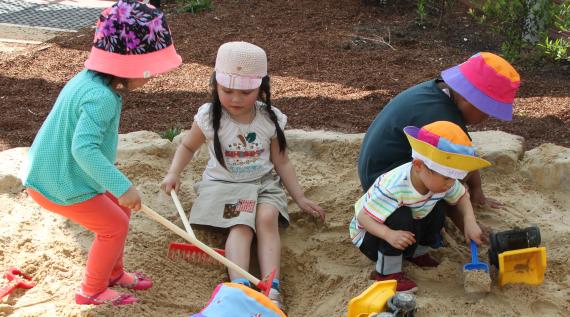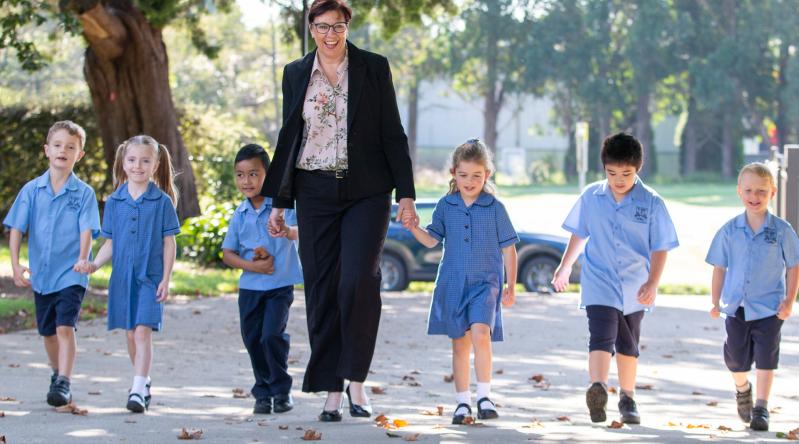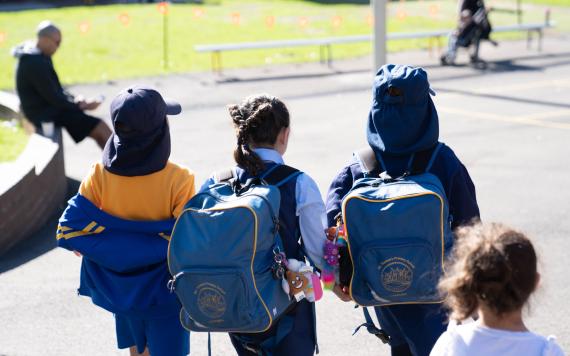Transition is broad and covers the process of moving between home and early childhood settings or from early childhood settings to full-time school.
Children, families and early childhood educators all contribute to successful transitions between settings.
Transition
The movement from a prior-to-school setting to a school is one of the most significant transitions in a child’s life.

Successful Transitions
Help children successfully transition from home and childhood settings to full-time school.

Transition and the Importance of Play
Play helps children to feel safe and secure in new environments which contributes to successful transitions.

Advice from the Experts
Starting school is an exciting time, but it's also a big time of change.
Hear from some recent experts who have just gone through it!

"Wonder is the desire for knowledge."
St Thomas Aquinas
